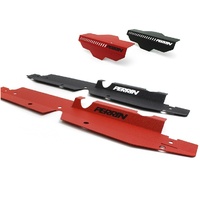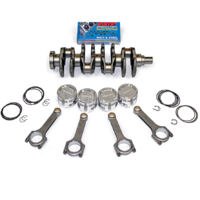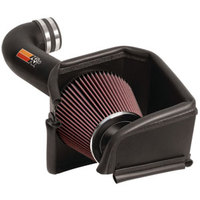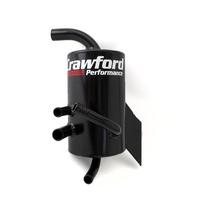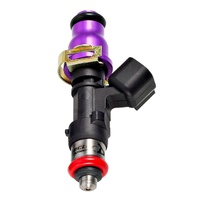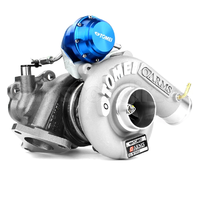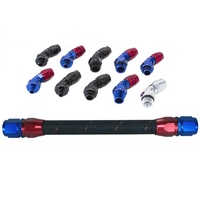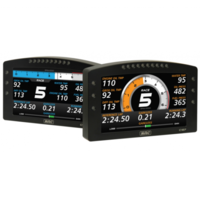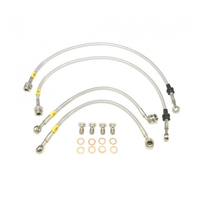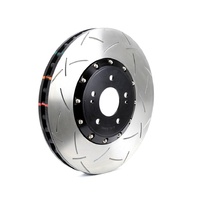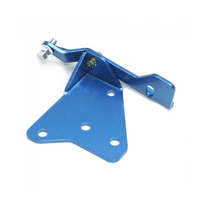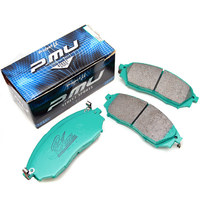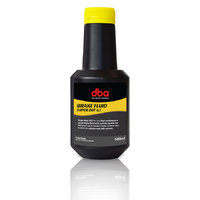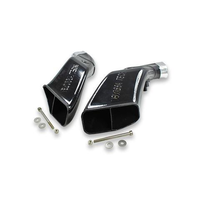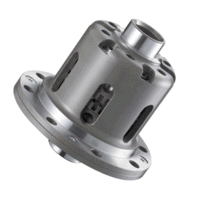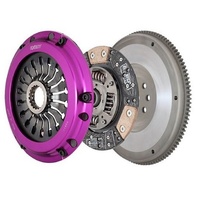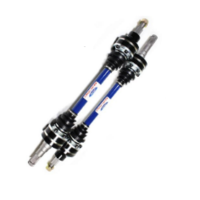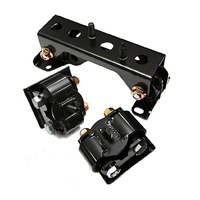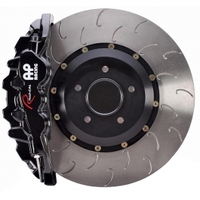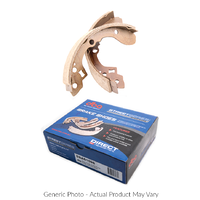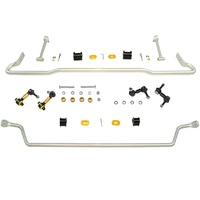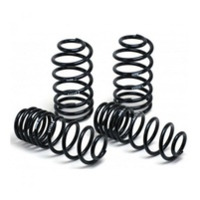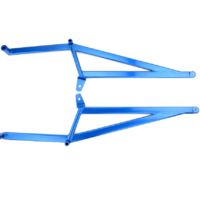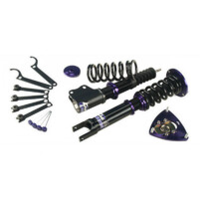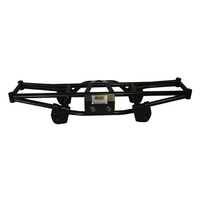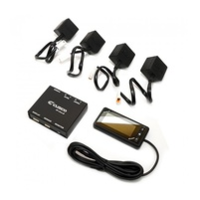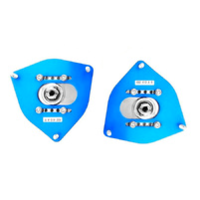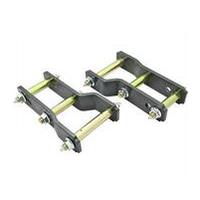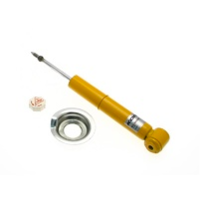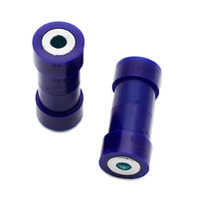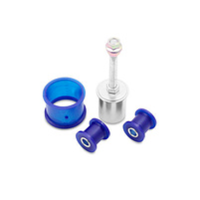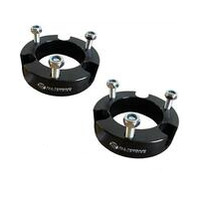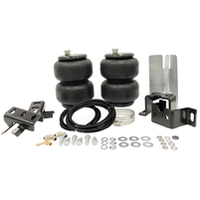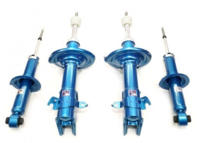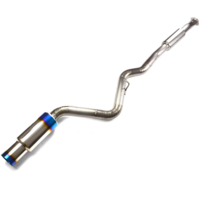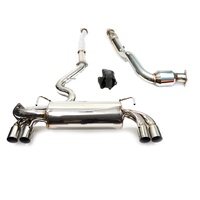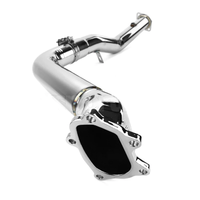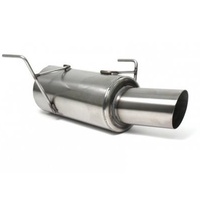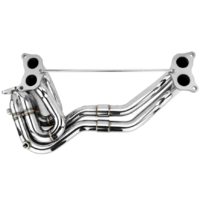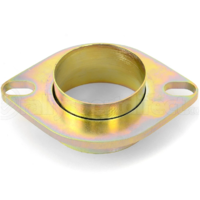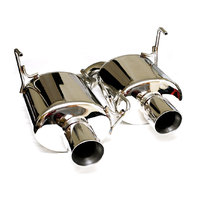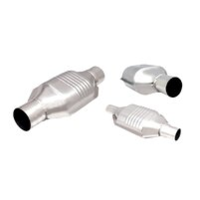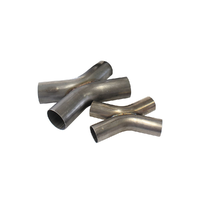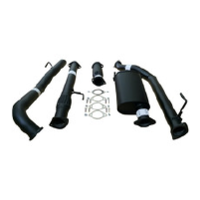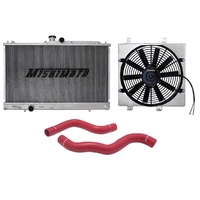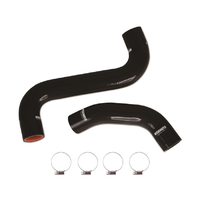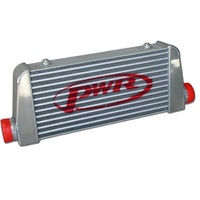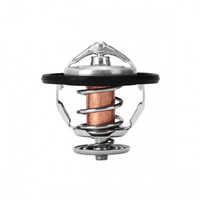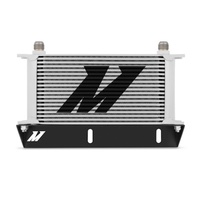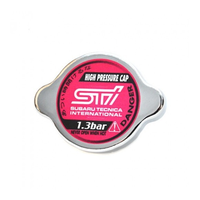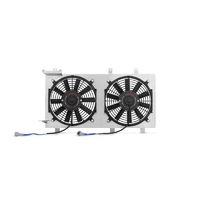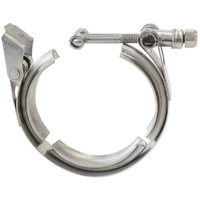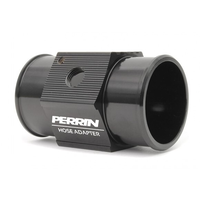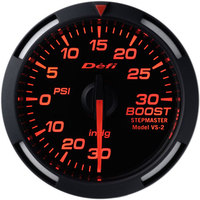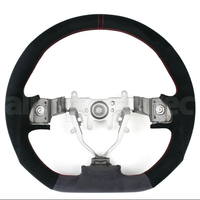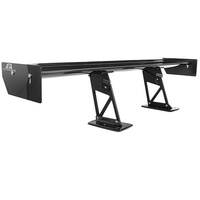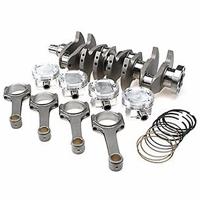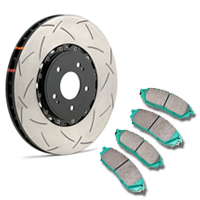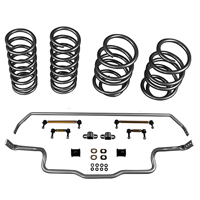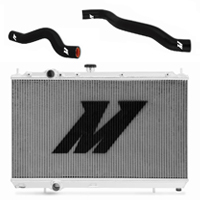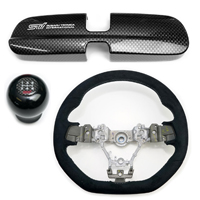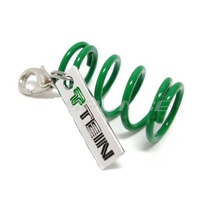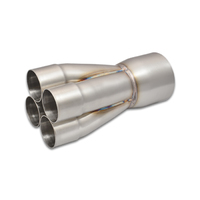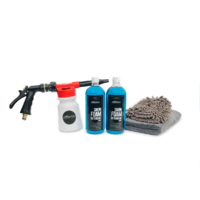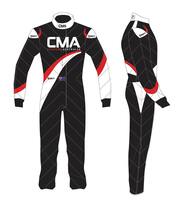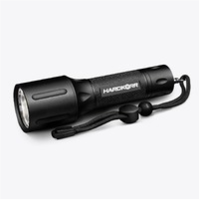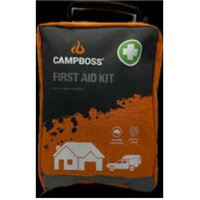Brake pads are tough metal or ceramic plates that are squeezed against spinning metal discs called rotors to create friction and stop your vehicle. Brake pads grind, heat up, and wear out each time you press your brake pedal, making them the fastest-wearing brake system component.
Without brake pads, you cannot stop properly, which is why it's so important to understand brake pad life expectancy and the signs of failing brake pads. Learn how long brake pads are meant to last, the factors that influence brake pad lifespan, and how you can help your brakes last longer to get more from your brakes.
How Long Do Brake Pads Last? Average Life Span of Brake Pads
Most people wonder "How long should brake pads last?" especially if they haven't replaced them before. The issue with this question is that brake pads wear at different speeds for different people. On average you can expect your pads to last 50,000 miles before they need replacing. Some will wear as soon as 30,000, while others could last as long as 70,000. Learn about the factors that influence brake lifespan most, and use that data to help you choose replacement brake pads, and care for your vehicle properly.
These Factors Influence Brake Pad Lifespan
Some brake pads last 30,000 miles, while others last 70,000 or more. Why do the brake pads on one vehicle last twice as long, or more, than the pads on another? Learn the most important factors influencing brake pad lifespan and use the information to help you continue stopping far longer before you need to replace your pads.
Brake Pad Type
The type of brake pads you choose to use on your vehicle will influence how long you can expect them to last. Brake pads last anywhere from 30,000 to about 70,000 miles before they require replacement. Organic pads wear the soonest, followed by semi-metallic pads and ceramic pads wear the slowest.
Ceramic brake pads are the most expensive option, but they also wear your brake rotors more slowly, enabling you to get more life out of those too. Ceramic pads are also softer and wear your rotors out more slowly, enabling you to use them for longer before replacing them. If you choose semi-metallic brake pads instead you'll wear your rotors sooner and have to replace your brake pads sooner.
Road Conditions
Road conditions also determine how rapidly your brake pads wear. Driving on hilly terrain regularly forces you to use your brake pads heavily. Driving on wet or snowy roads increases your brake friction and wears the pads out sooner. Dry and flat roads will give you the best brake pad lifespan. It's difficult to change your regular driving conditions, but if you have an option selecting dry and flat surfaces will help you prolong the lifespan of your brakes versus wet, snowy, or hilly pathways.
Driving Style
How you drive your vehicle is one of the most important factors determining how quickly your brake pads wear out. If you drive fast and slam down on your brake pedal to stop rapidly most of the time, you'll use up your brake pads very quickly. If you release the gas pedal and glide to a low speed before stopping, you'll keep your brake pads in good health for much longer. Try to avoid stomping on your brake pedal whenever you can and you could get your brake pads to last twice as long as if you drove aggressively.
Vehicle Type
Heavy vehicles use brake pads faster than light vehicles do. This is why trucks and SUVs are often equipped with larger brake pads and rotors to offer enough stopping power for the weight of the vehicle. Sports cars and powerful vehicles also tend to use brake pads sooner because they are easier to drive fast.
Vehicle Cargo
Carrying more cargo will increase the weight of your vehicle. The more your ride weighs, the more work is required to slow it down. Driving around with a full car will wear your brake pads down faster than riding around by yourself. Pad wear becomes even more notable when driving a pickup truck with a bed loaded with rocks or other heavy cargo.
Some of the elements that cause brake pads to wear sooner cannot be influenced but there are elements you can change to keep your brakes for longer. Drive more carefully, press your brakes lighter, and choose brake pads that are designed to last longer and you'll enjoy the longest lifespan you can get before you must replace your brake pads.
The Signs of Worn Brake Pads
Worn brake pads are a serious danger to drivers, which is why it's so important to know how to tell when pads are going bad. Understanding average brake pad life is a good place to start, but since some brake pads last far longer than others it's essential to know what signs to look for that your brake pads are failing. There are distinct noises, vibrations and handling issues that occur when your brake pads are worn. When you notice any of those signs it's time to check your brake pads and possibly replace them.
Quick Signs of Worn Brake Pads
- Squealing when braking
- Grooved rotor surfaces
- Pulling to the side during braking
- Pulsing when braking
- Grinding noises and vibration on braking
Each of the signs above indicate a possible brake issue. It's possible for one of these issues to occur without your brake pads being bad, but it's unlikely that several of them will occur without their being a problem with your brake pads.
If you notice any of the signs indicated above it's important to have your brake pads checked for wear and likely replaced.
Final Thoughts
Brake pads are one of the most important components of your vehicle, and investing in high-quality options like DBA brake pads can significantly enhance your braking performance and safety. Without them, you won't stop effectively. Since your pads wear faster than any other component it's essential to invest time into maintaining them. If you spend time checking your brake pads, and changing your pads before they fail, you'll extend the lifespan of your vehicle's brake system and enjoy more reliable braking overall. You can influence your brake pad life expectancy by changing how you drive and how you care for your vehicle, and it's up to you to keep your vehicle in good health over time.

